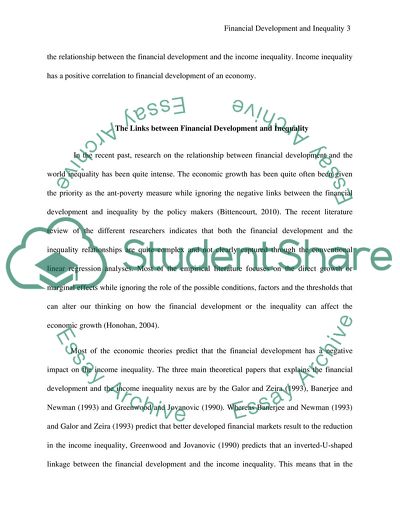Cite this document
(Contemporary issues in development finance Essay, n.d.)
Contemporary issues in development finance Essay. https://studentshare.org/finance-accounting/1868042-contemporary-issues-in-development-finance
Contemporary issues in development finance Essay. https://studentshare.org/finance-accounting/1868042-contemporary-issues-in-development-finance
(Contemporary Issues in Development Finance Essay)
Contemporary Issues in Development Finance Essay. https://studentshare.org/finance-accounting/1868042-contemporary-issues-in-development-finance.
Contemporary Issues in Development Finance Essay. https://studentshare.org/finance-accounting/1868042-contemporary-issues-in-development-finance.
“Contemporary Issues in Development Finance Essay”. https://studentshare.org/finance-accounting/1868042-contemporary-issues-in-development-finance.


